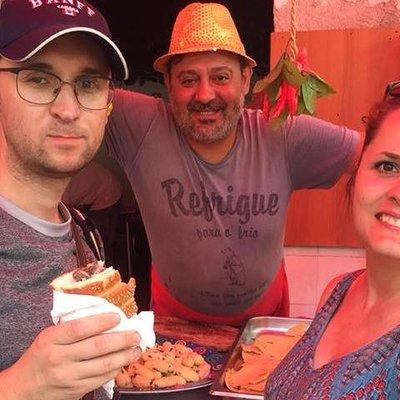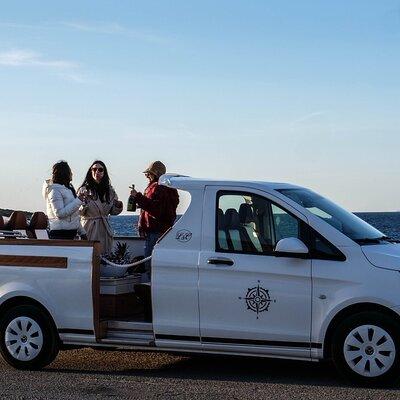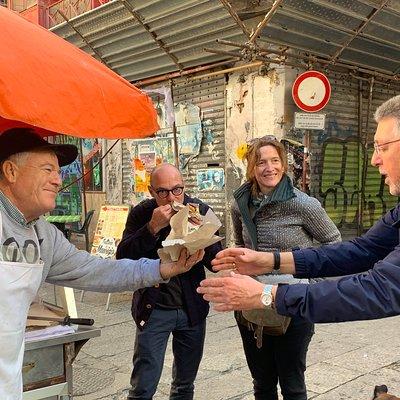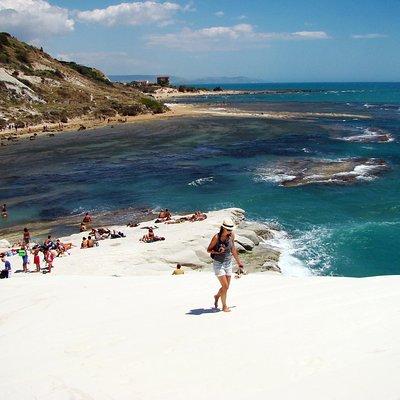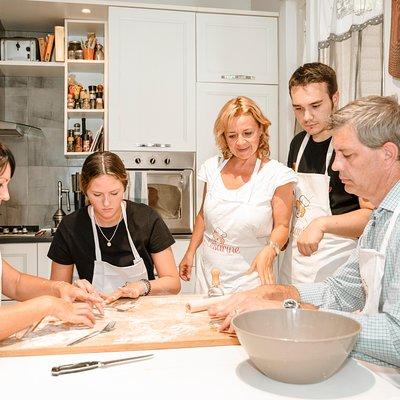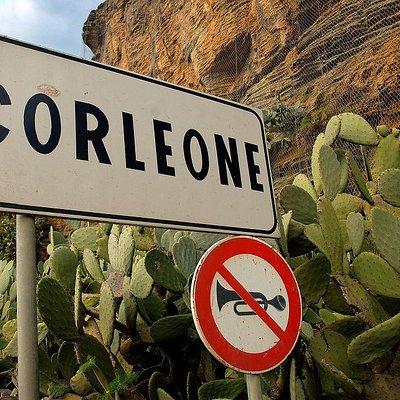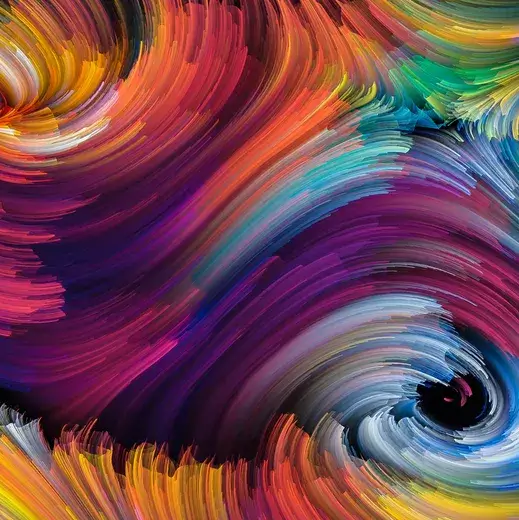
Capital of the beautiful region of Sicily, Palermo is a fascinating hidden gem awaiting to be discovered. This busy port city pulsates with vibrant energy, embodying a perpetual transformation that has firmly reinstated it among Europe's cultural hubs. Palermo is full of sights and treasures: from ornate Baroque churches and glorious Norman-Gothic architecture to elegant Art Nouveau villas and lively markets. Amidst the chaotic streets, the city's flamboyant spirit thrives, offering a delightful surprise at every turn. Learn More...
Royal Caribbean
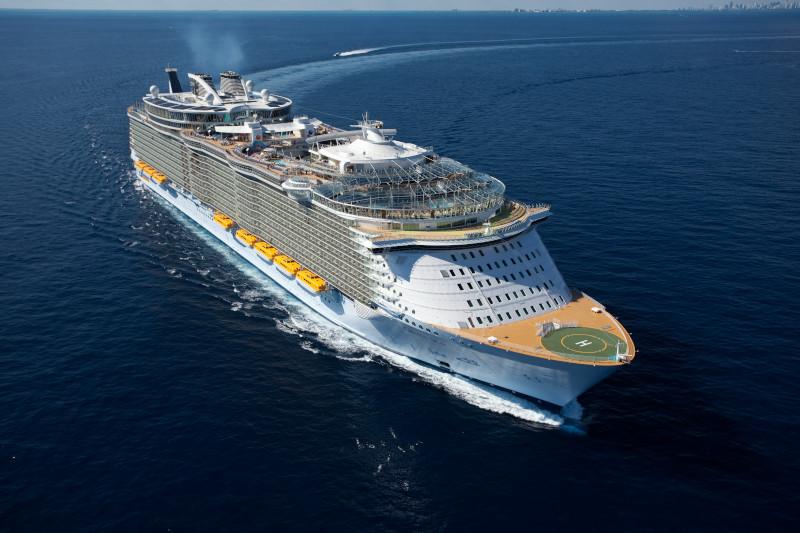
Celebrity
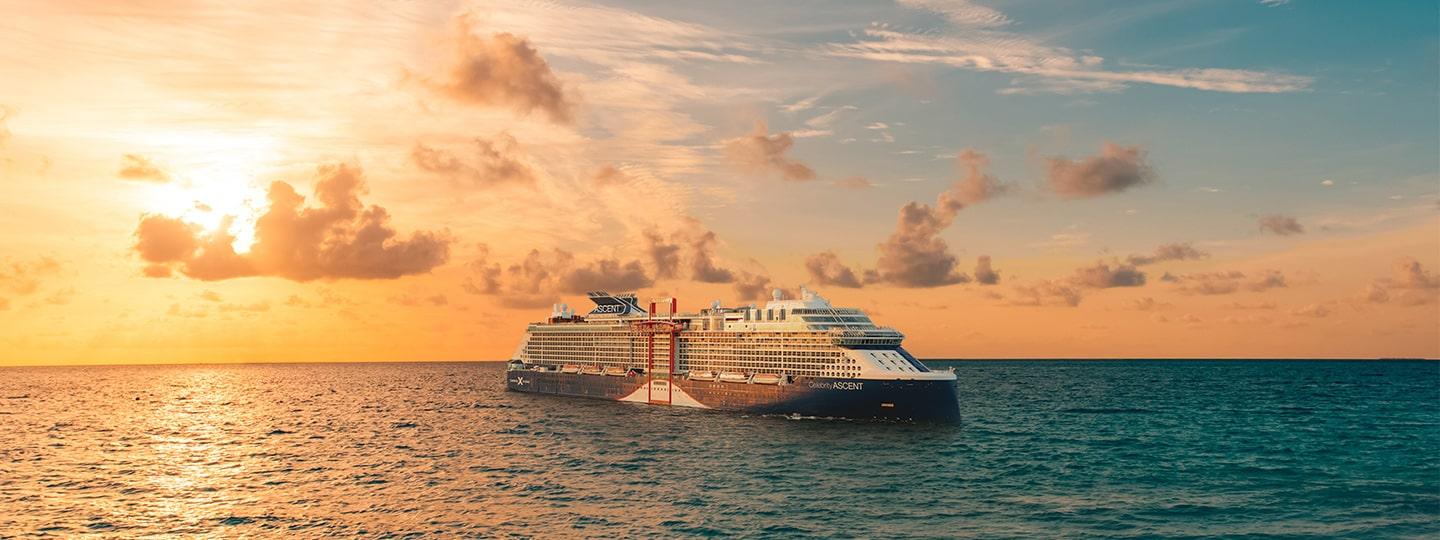
Celebrity
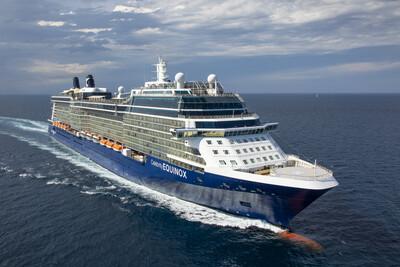
Royal Caribbean

